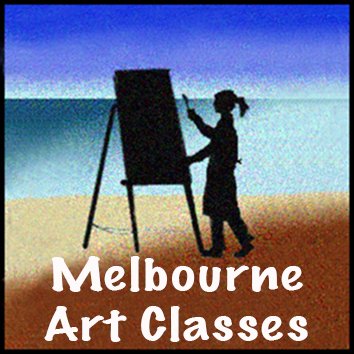This Denman Ross 1-9 tonal scale from 1907 (or value scale) starts with a 1 and goes up to 9.
I tend to use zero as white (no tone = 0) and add 7 or 8 more increments to arrive at black.
On his 1-9 scale, Denman-Ross named them as follows:
1 - White : 2 - High Light: 3 - Light : 4 - Low Light :5 - Mid-value: 6 - High Dark: 7 - Dark : 8 - Low Dark: 9 - Black
On my 0-8 scale below, we can define 0,1,2, as light tones, 3,4,5 as medium tones, 6,7,8 as dark tones
If you can cut or punch a hole in each section of the paper, canvas or card on which you make your tonal scale, you can lay them against any values in your artwork and squint, when the tone (or value) underneath ‘blends in’, you can ‘measure ‘ it (see the middle value above blends into the background which is in the same tone). The same thing happens as you move each gap over another tone in your work, eventually, you will see the same tone (or value) ‘blend in’.
What is tone? What is Value? What is Tonal Value?
Here is my take on why the words tone and value cause so much confusion.
Munsell (Albert Henry) : 1858-1918 - created quite a comprehensive system for measuring all three attributes (or dimensions as he called them) of color. Value (in his system) is the lightness/brightness or darkness of a hue, with 10 being white (the brightest). Others use a scale of tones from 0.
Either way, you are measuring darkness and light.
To further confuse you, many in the art world use ‘toning’ or ‘to tone’ when describing the desaturation of a hue (adding grey), which certainly is what happens (but if you add a light grey, it will not darken a hue, so I prefer to keep ‘to tone, add tone, toning’ for darkening and use neutralize or desaturate for the former circumstance (neutralising or greying-off a hue. I believe it is less confusing.
On the left there is a typical Munsell value scale, numbered 1 to 10, with white as the highest value, measuring the lightness numerically.
So a tonal scale and a value scale in the context of lightness and darkness measure either end of the same phenomenon.
You will hear people across the English-speaking world using ‘tone it down’ for lowering any of these: the value, the saturation (purity), their voice, your attitude, and a client’s hair color. etc., so can be confusing to a learner.
In art, I have found when explaining, it is safer to keep the words ‘tone’ and ‘toning’ as a noun or verb, respectively, for increasing or lowering the darkness or lightness (the values or tones).
‘Shadow is a colour as light is, but less brilliant; light and shadow are only the relation of two tones.’
Paul Cezanne
Go through these sections one by one, using the image links in this Value, Light and Shade Master Index
Video - Tone,contrast,light and shade
Shadows
Light and Shade Exercises
Notan Studies
Common Uses for Value in art
Value Perception
Chevreul's Laws of Simultaneous Contrast
What is squinting at art all about?
Values and Colour Mixing
Using Light & Shade in paintings
Contrast - all forms
Blending / Value Modelling in acrylics















